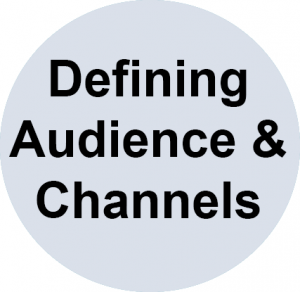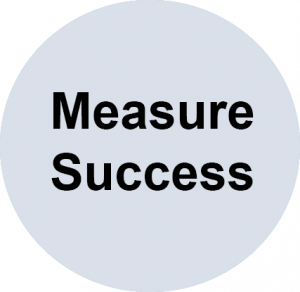27 Communication Tools and Strategies | Components of Communication Plans: Define your goals




The first step to develop an effective communications plan is to clearly define your goals. In order to build the rest of your communications plan you first to have to understand what you hope to get out of your communication plan. To help you start thinking about your goals consider the following questions:
Are your motivations intrinsic or extrinsic in nature?10
- Extrinsic motivation prioritizes external outcomes such as money or recognition.
- Intrinsic motivations focus on internal rewards such as passion for education and the joy of problem solving.
- Your motivations will greatly influence the audience, content, and channels you decide to use in your communications plan.
What outcomes do you hope to achieve by developing a communications plan?
- Some examples of desired outcomes include:
- Recognition from industry partners
- Intellectual contributions to the academic community
- Increased recognition by senior leadership at your institution
- Engagement and interest in your research from undergraduate and graduate students at your institution
- Interest from media outlets about your research and academic activities
- Attract funders of your research or buyers of your patent.
SMART Goal framework
When thinking about your goals it is recommended to follow the SMART goal framework. The SMART goal framework is a proven effective goal setting method. When setting goals for your communications plan make sure you follow these criteria:
- Specific
- Measurable
- Attainable
- Relevant
- Time-bound

 Deeper Dive
Deeper Dive